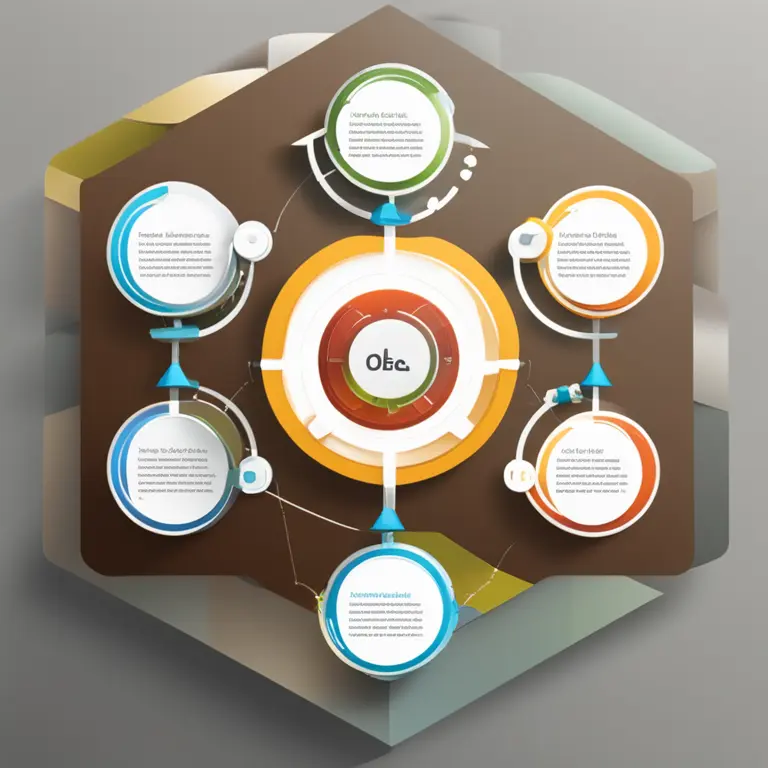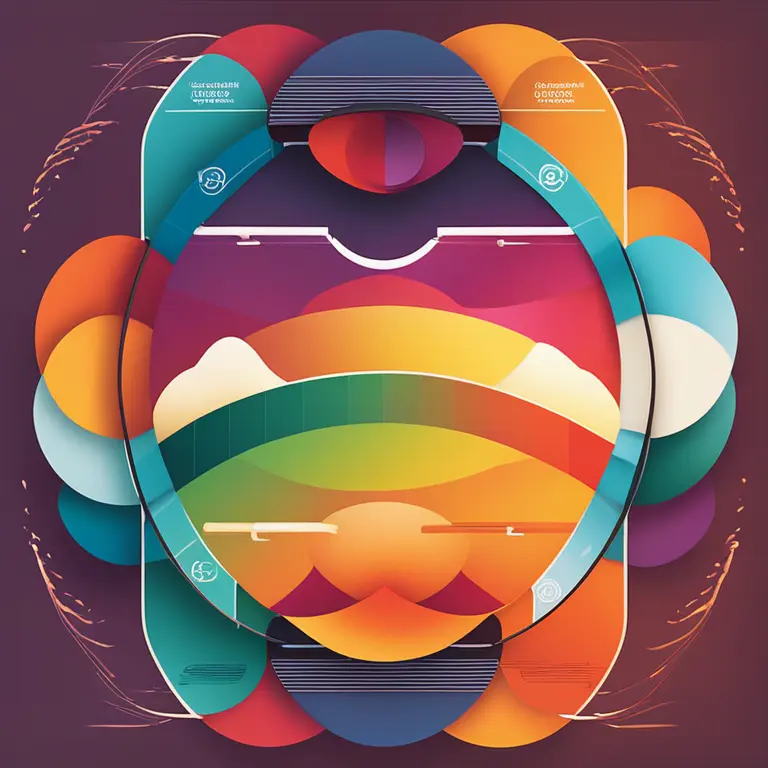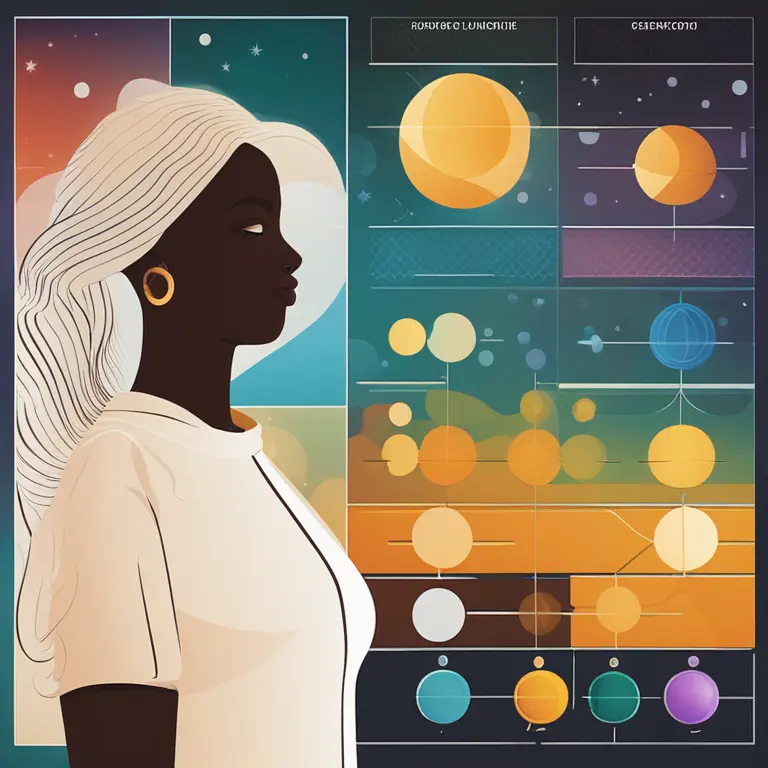
The Essence of Biorhythms in Personal Wellness
Discover what biorhythms are and how they theoretically influence physical, emotional, and intellectual states to impact daily life and personal wellness.
article by Adrian Wallace
Introduction to Biorhythms
Biorhythms are a concept that suggests our lives are affected by natural physiological cycles. The theory originated in the early 20th century when Dr. Hermann Swoboda and Dr. Wilhelm Fliess noticed recurring patterns in various aspects of human behaviors and experiences. It posits that from the moment we are born, we embark on three primary cycles: physical, emotional, and intellectual. Each cycle has a different duration and supposedly impacts our daily capabilities, well-being, and mood.

The Three Core Cycles
In detail, the physical cycle lasts 23 days and influences our vigor, strength, and health. The emotional cycle, with a 28-day duration, relates to our creativity, mood, and perception. Lastly, the intellectual cycle, spanning 33 days, governs logic, analytical functions, and alertness. These cycles are said to swing in a sinusoidal pattern oscillating between positive (high phase) and negative (low phase) periods, influencing our efficiency in related areas during their respective phases.

Secondary Rhythms and Compatibility
Beyond the primary cycles, there are secondary biorhythms such as intuitive, aesthetic, and spiritual cycles, which some adherents believe play a role in more specific aspects of our lives. Alongside personal rhythm analysis, biorhythm compatibility can be calculated. Proponents claim that by comparing cycles, it's possible to determine the harmony between individuals, which can be applied in personal relationships, teamwork, and other social interactions.

Biorhythms in Modern Context
With advancements in technology, biorhythmic calculations have become more accessible via apps and online platforms. While the scientific community remains skeptical about solid evidence backing biorhythms, many individuals turn to these tools for personal insight. They use them as a guideline for planning activities, understanding their interpersonal relationships, or simply as a framework for self-reflection and personal development.

Critical Perspectives
Critics argue that biorhythms have not withstood rigorous scientific scrutiny, and any correlations to life events are merely coincidental. Nevertheless, in an age where wellness and self-care are paramount, biorhythms continue to entice those looking for patterns in life's ebbs and flows. Supporters suggest that even if biorhythms are not scientifically proven, they can provide a placebo effect that encourages individuals to be more in tune with their personal needs and emotional states.
Considering Biorhythms in Daily Life
Whether or not one believes in the tangible impact of biorhythms, the concept invites us to pay closer attention to our bodies and minds. It opens up conversations about the cyclical nature of life and prompts a rhythmic awareness that may contribute to better health and well-being. As with any self-help approach, the key is to combine such theories with personal experience and knowledge, ensuring they serve one’s unique lifestyle and wellness goals.
Published: 1/30/2024
Modified: 1/30/2024
More predictions
Come back here soon to learn more about yourself and your future


The Rhythms Within Science: A Guide to Biorhythms
Delve into the science of biorhythms to grasp how the physiological cycles influence our lives. This guide breaks down the complexity of biorhythmic patterns.


The World Of Rhythms: A Guide to Biorhythms
Delve into the world of biorhythms to comprehend how they influence our physical, emotional, and intellectual states. Discover their significance and implications for your day-to-day life.


A Guide to Biorhythms Journey
Embark on a journey of self-discovery through the science of biorhythms to optimize your life's potential.